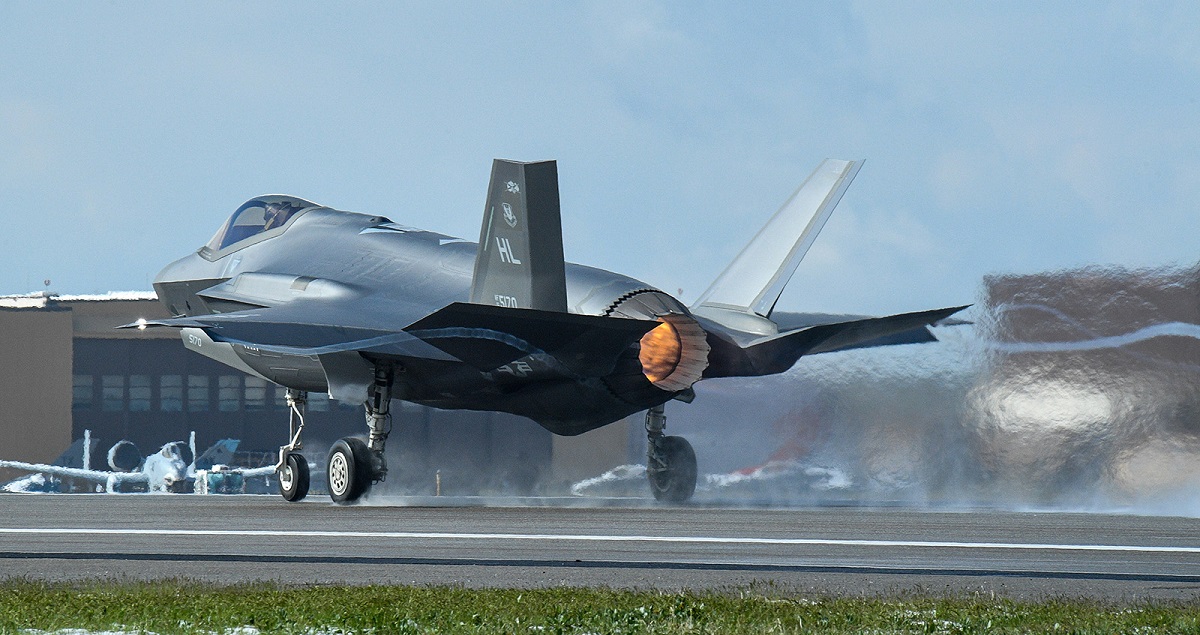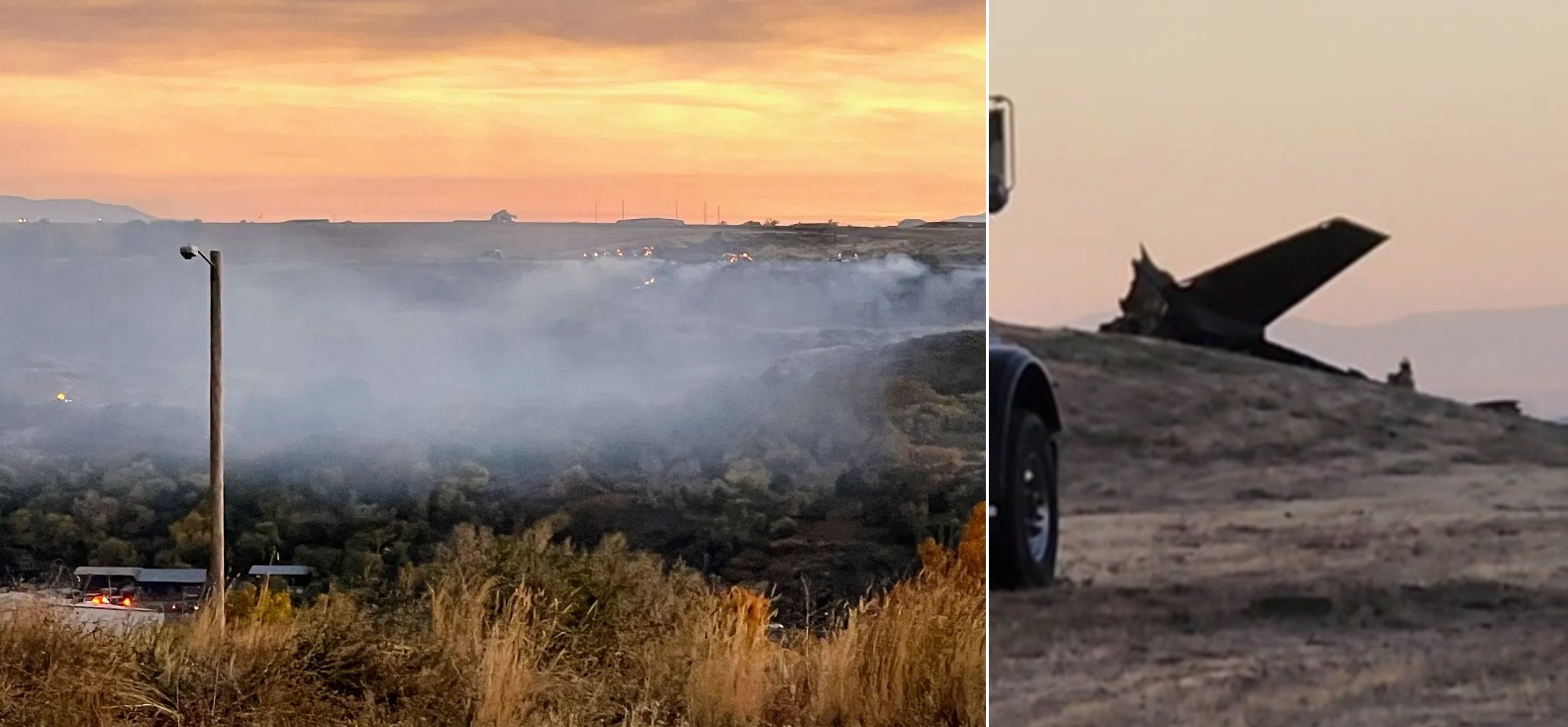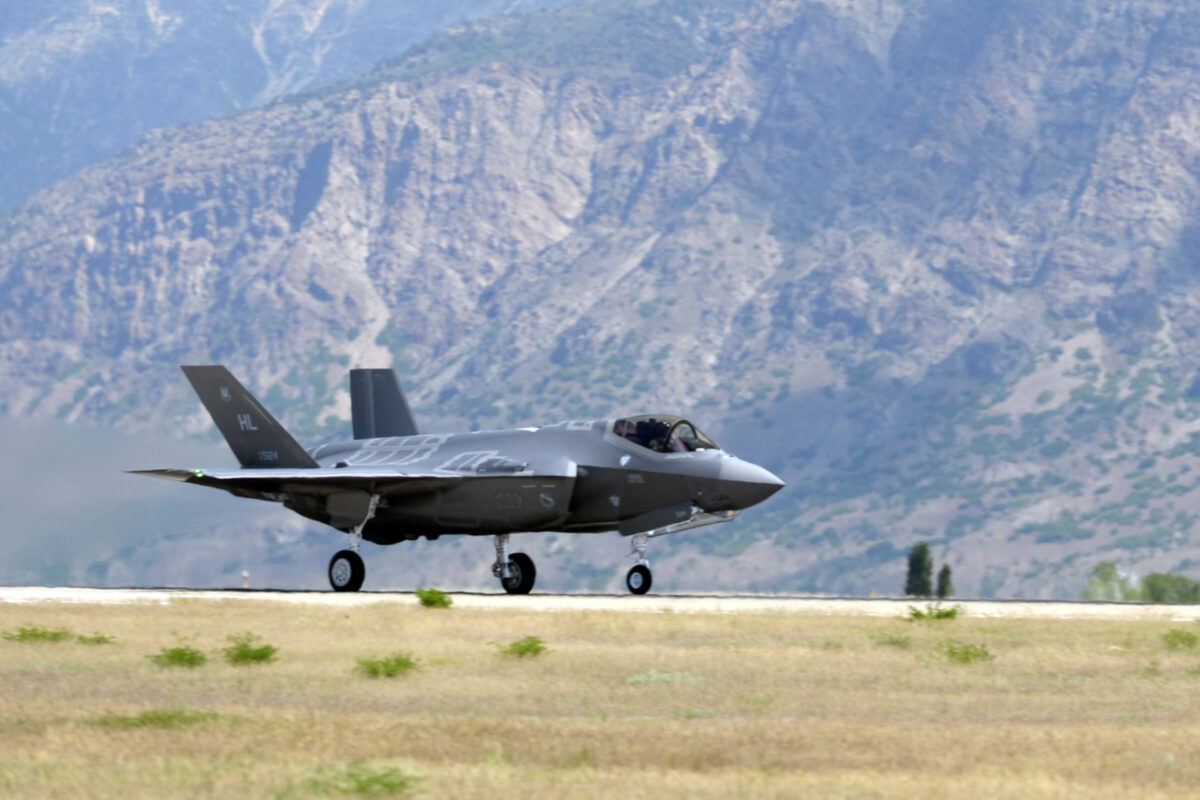A $166 million fifth-generation F-35A Lightning II fighter jet crashed in Utah due to an electronics failure caused by man-made turbulence

In mid-October 2022, a fifth-generation F-35 Lightning II fighter jet crashed in Utah. Nine months later, the cause of the plane's crash became known.
Here's What We Know
Last autumn, a US Air Force F-35A crashed at Hill Air Force Base (Hill). The loss to the US Air Force was estimated at $166 million. A report released this week said the cause was a failure in the aircraft's electronics. It occurred as a result of the aircraft passing through turbulence.

The accident occurred on 19 October 2022 after 18:00 local time. The crashed F-35A was flying in the third seat in a group of four fighter jets. It was assigned to the 421st Fighter Squadron (421st Fighter Squadron).
The aircraft hit a satellite trail left by an F-35A flying ahead. The pilot heard a slight rumbling. After hitting the artificial turbulence, the flight controls registered incorrect flight data, causing the pilot to lose control of the fighter. The aircraft simply stopped responding to commands.
The pilot attempted to abort the landing and retry to land again. However, the F-35A veered to the left side. After an unsuccessful attempt to level the fighter, the pilot ejected safely and the aircraft crashed near the runway. The entire incident lasted less than 10 seconds.

The report states that the fighter jet was fine before the landing problems occurred. The investigation found that the pilot did not comply with the rules in force that day, which required him to stay at least 2.7 kilometres (9,000 feet) away from a fighter jet coming in for a landing.
On the other hand, the F-35 flight programme manual advises pilots to keep a distance of 900 metres (3,000 feet), but does not specify how far apart they should be in the event of turbulence. The investigation involved modelling, which found that the crash was not caused by physical damage but by the aircraft's misinterpretation of flight data.
The US Air Force said the likelihood of such a situation happening again in the future is minimal. The fifth-generation F-35 fighters have flown more than 600,000 hours, and never before has turbulence affected the data system.

Note that for the U.S. Air Force, this was the second loss of an F-35A Lightning II since 2012. The first fighter crashed in the spring of 2015 at Eglin Air Force Base, Florida, when the pilot attempted to land at an excessively high speed.
Source: Defence News